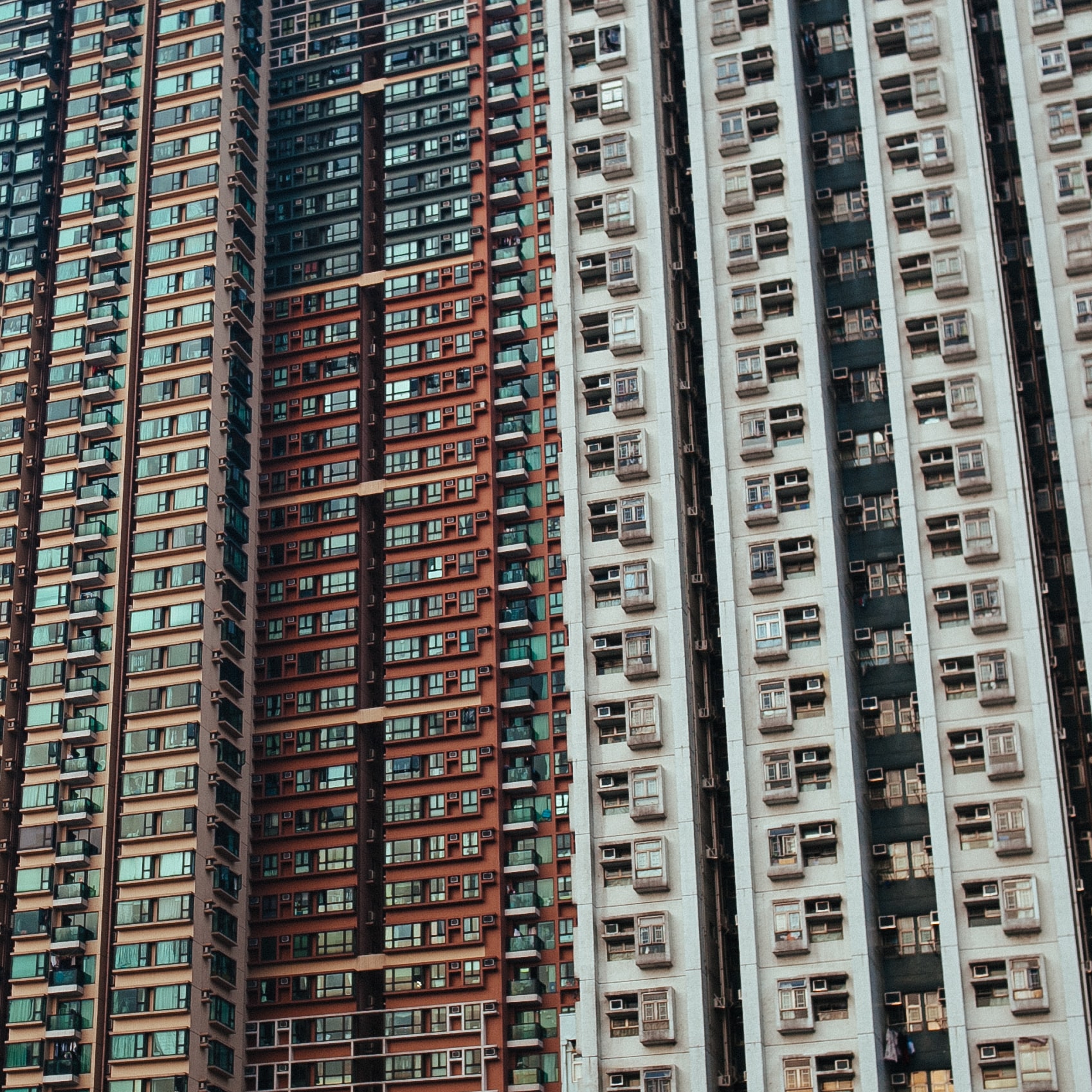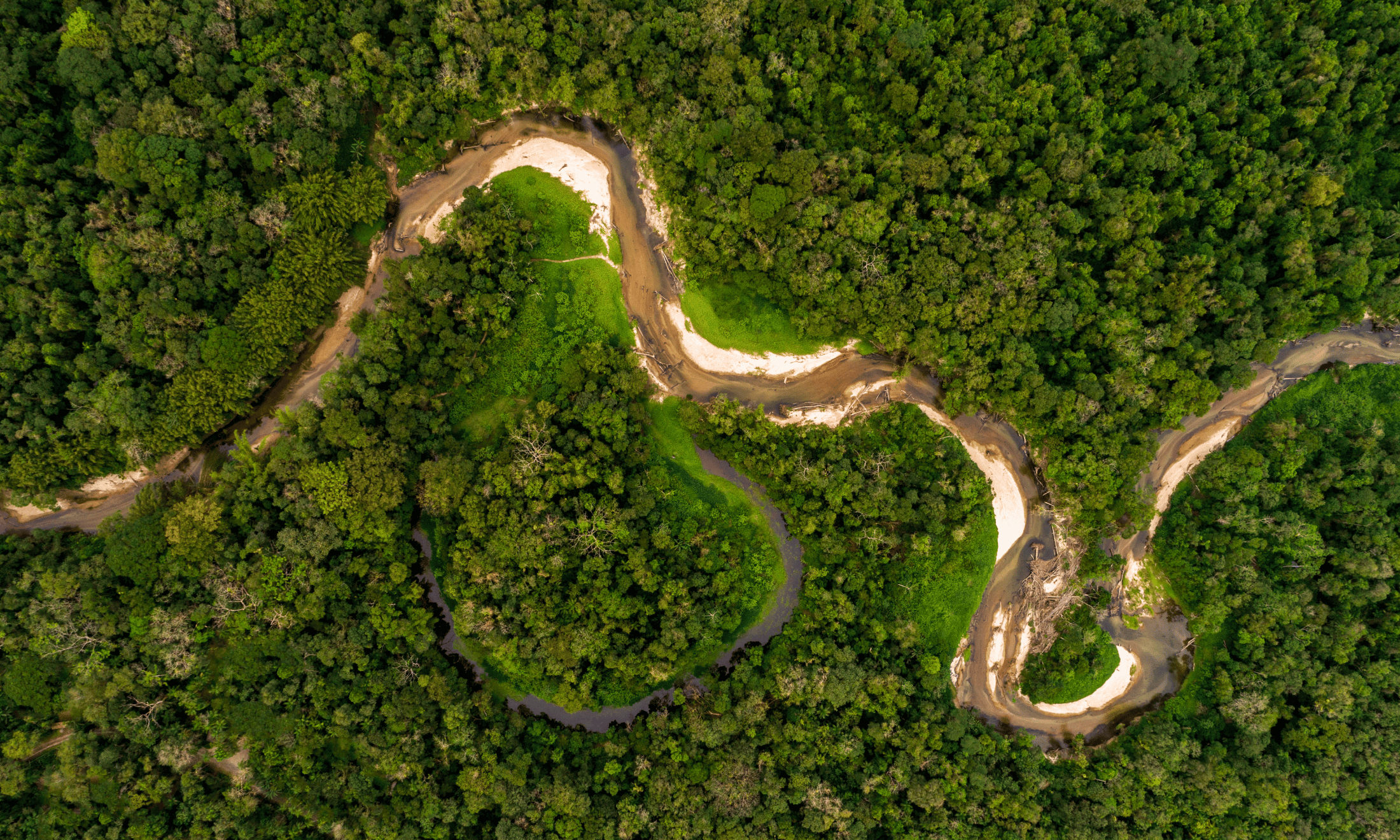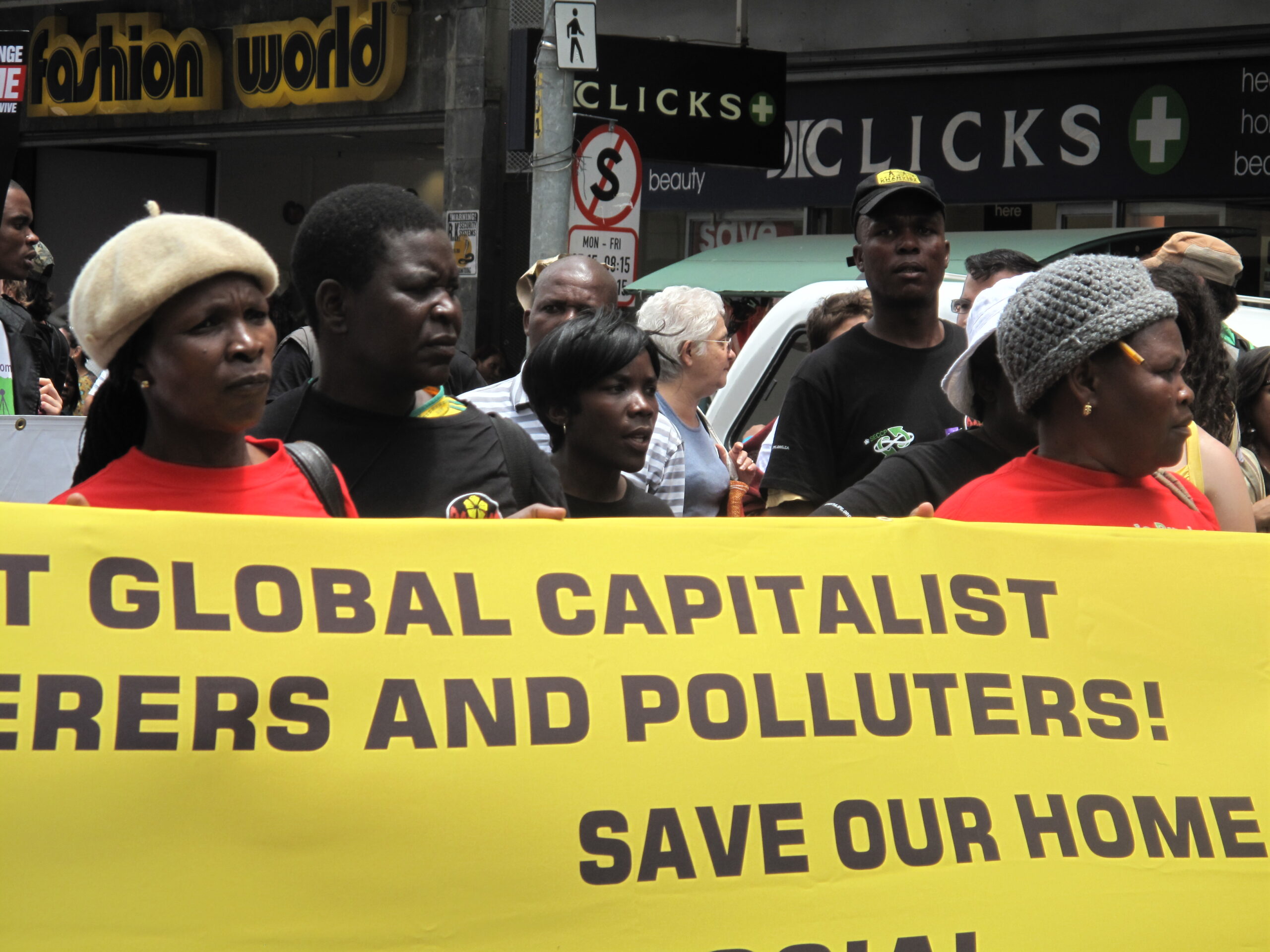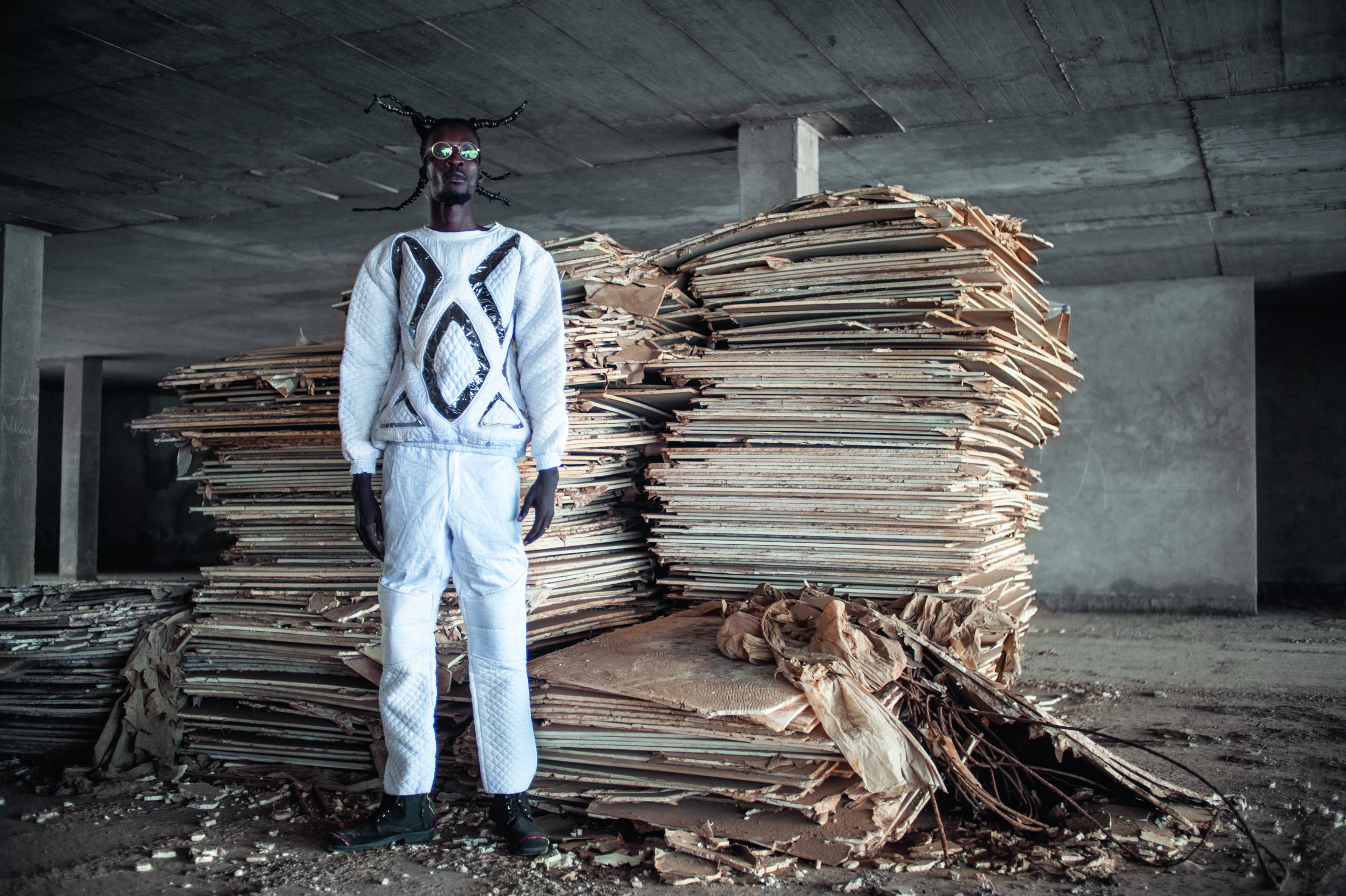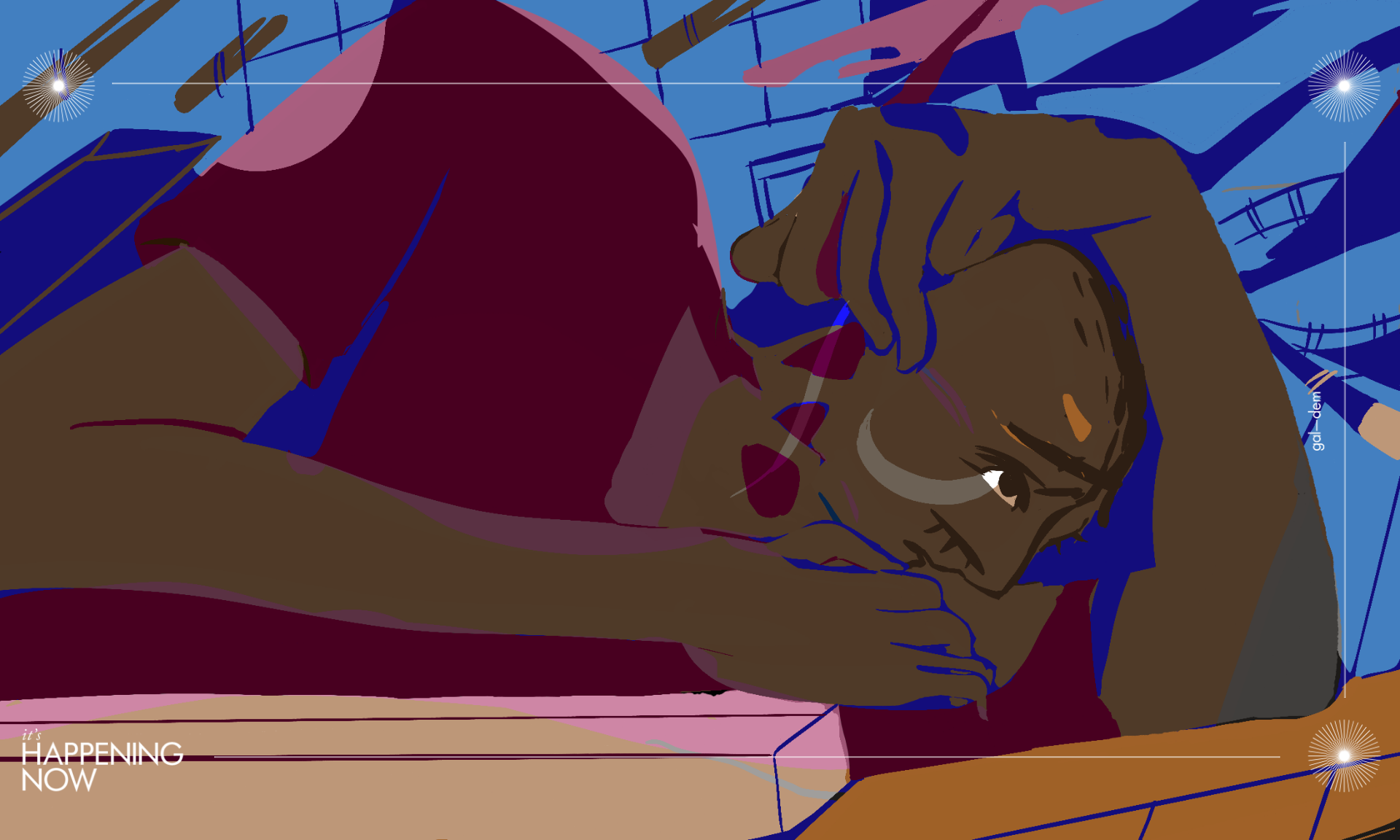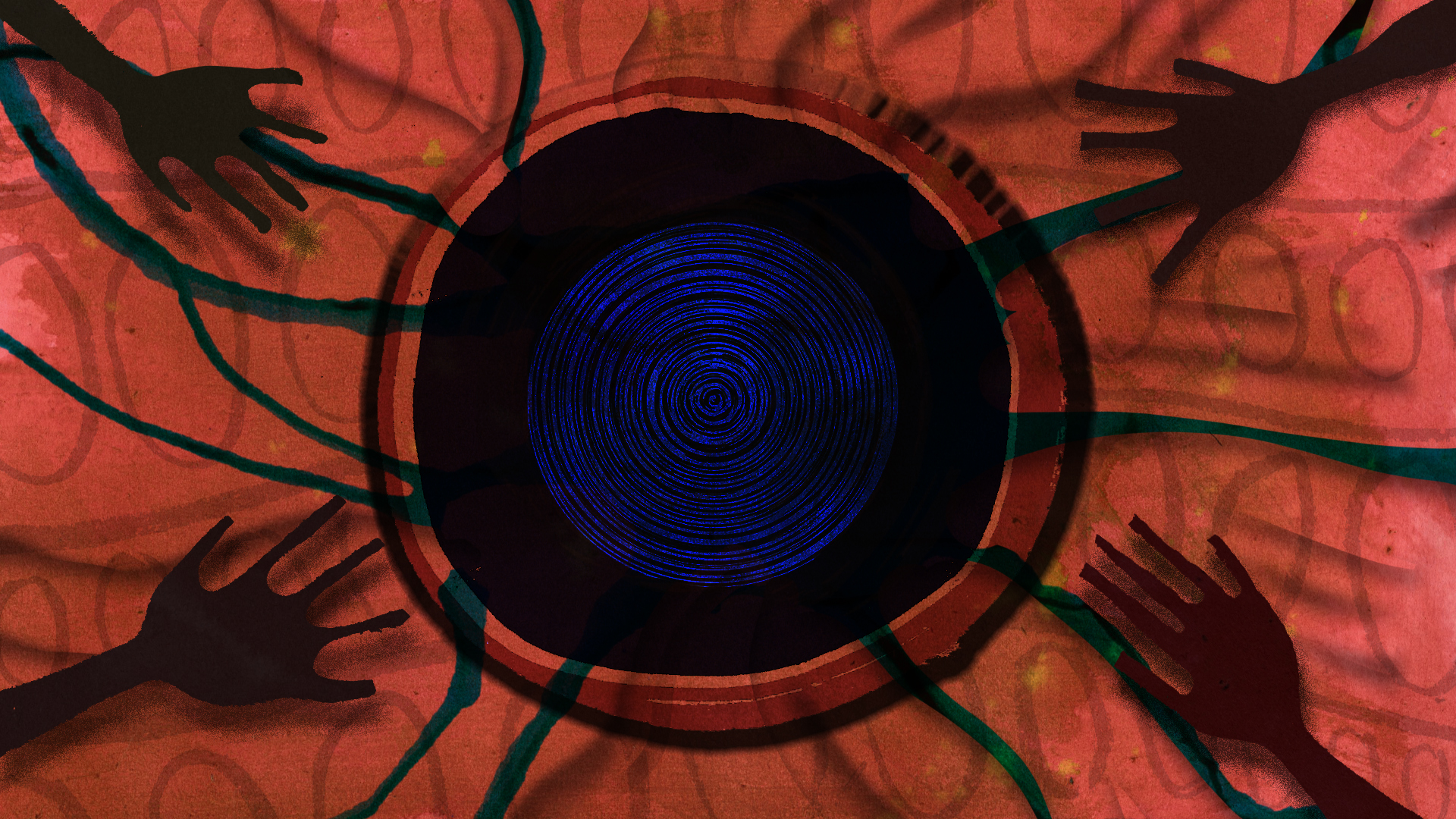
Tessie Orange-Turner
In Zimbabwe, traditions are clashing with climate adaptation
As climate disasters reoccur, one conservative district of Zimbabwe is split on its survival strategy.
Simango Ashley and DiyoraShadijanova
25 Jan 2023
Traditional water wells – naturally occurring springs that have stood for decades – are a source of life for communities in the Chimanimani District of East Zimbabwe. Locals use iron or plastic buckets to dip and draw clean water for drinking, and domestic animals lap water until they are chased away. However, a recent increase in cyclones has been destroying the wells, with flood water and debris burying them four meters below human access.
Following Cyclone Idai in 2019 – a vicious storm that ransacked the traditional groundwater wells that stood for a century in Rusitu, Chimanimani – a series of reinforcement projects has taken place. The reinforcements try to protect the water wells from flood damage and burial.
To reconstruct the precious community groundwater fountains in Chimanimani, non-profit organisations funded by the European Union and the Urban Council of Zimbabwe took an innovative approach; dividing rural villages into groups of 10 to 15 families each, and allocating a remodelled water well for each group. Since August 2020, each natural groundwater well has been reconstructed and reinforced with cement and plastic casings, with elevated pipes that feed into large water storage tanks, supplying water to families downstream.
As the climate crisis intensifies, such adaptation measures are not uncommon in areas of high vulnerability. However, in Zimbabwe, there has been a growing resistance against the new wells due to local superstitions. Some opponents of well reinforcements claim that if modern tools such as steel and cement are used, the guardian spirits of the wells will get angry. This is making climate adaptation strategies much more difficult to implement.
A mixed response towards adaptation measures
Set in one of the most mountainous regions of Zimbabwe, Chimanimani is a very conservative district, commonly known to be the birthplace of an array of traditional healers, fortune tellers, seers, and herbalists. The district is inhabited by the Ndau people, a quasi-Indigenous group with their own special dialect in Zimbabwe. Some Ndau families in vulnerable areas of Chimanimani flatly refuse to have the natural community groundwater wells reinforced with modern anti-flood equipment.
“These wells have existed for centuries and are a gift from our ancestor spirits. If you reinforce them with modern cement, iron, plastic piping, the water dries as punishment,” Gift Chona, a traditional herbalist who opposes the reinforcing of community water wells tells gal-dem. Gift and a dozen other villagers who refused to have their wells reinforced with modern concrete in 2019 think the repeated annual floods are a sign that the ancestral spirits are upset.
“The floods of 2019 were an act of the ancestors against modernism and consumerism seeping into our district. The repeat floods are their anger against concrete reinforcements,” he says. I spoke to several families across the district who share his beliefs; they are also convinced that wells must be left exposed so as not to anger ancestral spirits.
In Chimanimani, natural groundwater wells are sacred territory. “Farmers can cut down any forest to plant corn with modern pesticides, but whenever they see a wooded area adjacent to a water well, they must stay clear,” says Denny Bhiza, a traditional grains farmer. Whenever a traditional chief is coronated, the ceremony, which usually entails the spilling of a calabash filled with grain alcohol into the ground, must be carried out at a water well. “Such is the cultural importance of groundwater wells in Chimanimani,” says Bhiza.
“Some opponents of well reinforcements claim that if modern tools such as steel and cement are used, the guardian spirits of the wells will get angry”
Water wells have stood for generations and quenched the thirst of rural communities in east Zimbabwe. Their longevity has earned them community respect, and rituals by the wells have pleased the community ancestors. Now, the climate crisis threatens these traditions.
With each cyclone, Zimbabwe faces a dilemma, says Jefferey Siwela, retired geography, and environmental science teacher in Chimanimani. “Our ultra-traditionalist community members need to know the global climate phenomenon will either ransack our wells with floods or dry them with drought. Reinforcements help absorb the risk,” he explains.
Not all traditionalists are against adaptation measures. “It’s a blessing. The redesigned community water fountains have ensured that water disputes don’t flare up because families are divided into workable groups of five or more per well,” says Sabhuku Majoka, a traditional leader in Rusitu. Over time, they have greatly relieved more immediate threats of water shortages that communities faced when the storm passed on.
The water wells are open to any outsider in need: visitors looking for cooling water, herders nursing their animals on their way from pastures, or even the odd lorry driver traveling home from work. “It’s one of the gifts we are thankful for that emerged from this very dark moment in our lives,” he says.
As cyclones reoccur, tensions rise
Cyclone Idai was an extreme deluge of rains and winds from the Indian Ocean which descended on the southern African countries of Mozambique, Zimbabwe, and Malawi and left a trail of deaths and displacement. The unexpected climate phenomenon saw heavy landslides, thunderous rain, and overflowing rivers take over 1,000 lives across the three countries. Eastern Zimbabwe and central parts of neighbouring Mozambique were the epicentres of the disaster. The United Nations called it one of the deadliest storms on record in the southern hemisphere.
“It was a bang; a slicing sword that cut lives, flattened suburbs, reconfigured hills, and led to a national and global output of sympathy for the victims,” says Delite Ndevhana, a Baptist pastor with the Chimanimani-Mozambique Baptist Union, of the impact of the floods. She says that some members of her congregation lost entire families to the floods.
After Cyclone Idai occurred, two tropical cyclones (partly made more intense by climate change), visited Chimanimani, eastern Zimbabwe again in 2020 and 2021 namely Tropical Storm Chalane and Tropical Cyclone Eloise. Each time, they pummel the community’s traditional water fountains, uprooting rock casings and silting wells and pipes with rocks and mud.
“For the first time in living memory, due to global pressures of climate change, the cyclones are becoming recurrent, visiting Chimanimani, eastern Zimbabwe yearly”
Shamiso Mupara, a Zimbabwean environmentalist
“For the first time in living memory, due to global pressures of climate change, the cyclones are becoming recurrent, visiting Chimanimani, eastern Zimbabwe yearly,” says Shamiso Mupara, an environmentalist and founder of Environmental Buddies, a reforestation movement in Zimbabwe.
Each time the sky darkens and a torrent of water beats down on Chimanimani; communities are dismayed to see that – along with small bridges, plantations, and gravel roads – their reconstructed community water wells can still get damaged. “It’s a yearly frustration, a big one here,” says John Chinoza, an artisanal water plumber.
“We can’t keep on crying to donors to repurpose our wells and communal pipes each time there’s a flood. That’d be shameful,” he adds. Chinoza’s sentiments reflect parts of the community who feel that outside donor help is unsustainable in the long run and cannot be guaranteed. His voice is one of many calling to equip local communities with the knowledge to repair water infrastructure, rather than waiting for external helpers. This can be achieved by training and educating local water technicians, and well-builders, as well as forest-protectors and storm relocation volunteers.
In the meantime, locals in the Chimanimani district anxiously wait for the next cyclone.



